
Precious metals are rare and have a high economic value due to various factors, including their scarcity, high economic value, and chemical resistance. In the past, precious metals served as a currency. Now they are an investment or industrial commodity. Precious metals are used to make fine jewelry. The most famous precious metals are Gold, Silver, Platinum, Palladium, Rhodium, Ruthenium, and Iridium.
Silver has a long history. It has been considered a precious element for 6000 years. It was first used as a currency in 700 B.C. Ancient people even figured out how to refine silver. They heated the silver ore and blew air over it, a process called cupellation. The silver does not react to the air, but the base metals such as lead, and copper oxidize and separate from the precious metal.
Silver has been an important metal for making jewelry since ancient times. In the 60-120 AD, the former Inca civilization developed high-temperature silver-lead cup-shaped electric furnace technology in the Americas. This demonstrates the use of technical methods to obtain the best quality silver since ancient times. In Chinese history, silver is mainly used in the production, trading, and trading of jewelry. In Islam is common for men to wear a silver ring on the little finger. The Prophet Muhammad is also known as wearing a silver stamp ring. After the Moors rule Spain, silver mining was popularized in many countries, mainly in central Europe. So, 100 ADS, the capital of Spain became the center of silver.
Silver production doubled in the 19th century, and in the 21st century, new and highly advanced technologies have greatly contributed to the massive growth of silver production worldwide.
Nowadays, silver is the most affordable and fashionable precious metal in jewelry production. Many factors enhance silver popularity, besides the beauty of this metal. For example, in an astrological sense, silver is considered a cool metal, and astrologers recommend it to maintain spiritual calm and control their emotions. Furthermore, wearing jewelry silver regularly has many surprising health benefits.
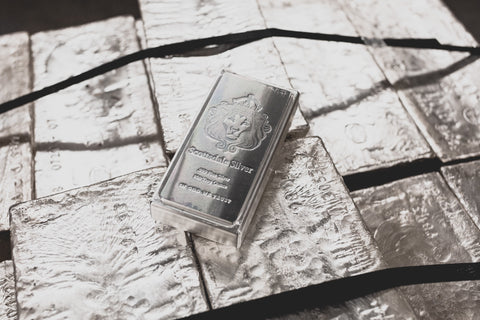
It is essential to be knowledgeable about silver types while buying silver jewelry. Sometimes, customer wonders why the prices of silver jewelry vary that much. Different jewelry brands use different types of silver. Very often, customers confuse silver-plate or silver-filled jewelry with silver jewelry. So, it is important to educate customers on silver quality standards. Shockingly low prices may be a good indication that the silver is not high quality or even fake.
The quickest way to identify silver quality is a quality stamp on silver jewelry. However, there are cases of fraudulent marking, but they are fairly rare. Also, jewelry items or components are only required to bear a stamp when there is a surface area available. For that reason, small findings and components are often unstamped even though they are quality alloys.
Here’s a quick rundown of the different types of silver used in jewelry.
Fine Silver – 999.
Fine silver is the closest metal to the pure silver element. It is described as .999, indicating 99.9% purity. The remaining 0.1% consists of trace elements of insignificant quantity. Fine silver has more luster than the bright polish of sterling. The benefits of fine silver are that it is easy to form and highly resistant to tarnish. However, pure silver is soft, which means it’s easily scratched and loses its shape over time. Because of this, jewelry makers avoid working with pure silver.
Pros:
- Durable
- Workable and wearable
- Beautiful luster and shine
- Typically, hypoallergenic
- Health benefits
Cons:
- Loses shape
- Not durable

Sterling Silver – 925
Sterling silver is the most used silver type in fine jewelry, and it is the quality standard for silver worldwide. Sterling silver is an alloy of 92.5% silver; the remaining 7.5% is usually copper. The other metals in the alloy increase hardness, so the material will be more durable. It is very bright and shiny, but it will tarnish. Though, tarnish is easy to clean with readily available polishing products. With proper care, silver jewelry can last a lifetime. Silver is hypoallergenic if it doesn't contain Nickel. Usually, fine jewelry makers avoid Nickel use as it proved to be a cause of allergies in most people. Sterling silver remains the most affordable and usable metal in the jewelry industry.
Pros:
- Durable
- Workable and wearable
- Beautiful luster and shine
- Typically, hypoallergenic
- Health benefits
Cons:
- Easily tarnishes

Argentium Silver and Non-Tarnish Alloys
Non-tarnish alloys are relatively new to the market. Argentium is much more expensive than sterling and also harder to get your hands on. It's also harder to tell the difference between Argentium and sterling silver because they both have the same quality stamp of - 925. Argentium silver contains more pure silver than sterling and is available in two grades: 93.2% or 96% purity. This is alloyed with copper and germanium, making the metal harder, more resistant to tarnish, easier to clean, and easy to maintain.
Pros:
- Durable
- Tarnish resistant
- Easy to maintain
- Hypoallergenic
- Health benefits
Cons:
- More expensive
- Can tarnish under certain conditions
Coin Silver
Coin silver was once a more common alloy in the United States. It is now fairly rare, and the name causes quite a bit of confusion. The technical "coin silver" alloy is .900 silver, 90% silver and 10% copper. The name "coin silver" is because metalsmiths historically made items from melted down scrap coin metal. At the time the name was given, coins were made from more precious metal than today. Monetary coins in our country, and most others, no longer contain silver and are instead made from more inexpensive, durable base metals. Some collectible coins or coin investment instruments have higher silver content. They are marked as such with a quality stamp and usually come with certificates of authenticity. Coin silver jewelry that is still on the market will bear a quality stamp of .900. Many of these pieces are antiques.
Pros:
- Affordable
- Good purity content
- Rare
Cons:
- Rare, therefore, hard to find
- Tarnishes easily

JUST ‘SILVER’ PIECES
Jewelry sold as just ‘silver’ is pretty mysterious. Sometimes ‘silver’ jewelry is nothing more than a low-quality brass base with a flash coating of thin silver on top. This coating quickly wears off and leaves the piece looking cheap - because it probably was. With silver, you will usually get what you pay for - and if you didn't pay much, you probably wouldn't get much.
Silver-filled
Silver filled is similar in characteristics to gold-filled metals. In terms of value, it sits somewhere between sterling silver and silver plated. Silver filled is not an alloy but rather a plating type that contains a heavier layer of silver. Silver filled is either 5% or 10% sterling silver by weight, fused with heat and pressure to a brass core. There is no legally approved quality stamp standard for silver-filled at this time. However, some use the stamp .925 SF, which can be misleading, so be aware of your pay. Cheaper sterling silver can mean silver filled.
Pros:
- More silver than silver plating
- Affordable
Cons:
- Tarnishes easily
- Item is not made of Silver!
- Not hypoallergenic
Silver-plated | Silver Finished
Silver-plated jewelry is basically low-quality costume jewelry. This type of silver does not have the same hypoallergenic and durable qualities as true silver. With this type of jewelry, a thin coat of silver covers a cheaper metal. Costume jewelry will not have a quality stamp, but sometimes dishonest manufacturers may use 925 stamps. So again, be aware of price, pay attention if the piece is doubtfully cheap.
Pros:
- Affordable
- Good for costume jewelry
Cons:
- Not hypoallergenic
- Not durable
- Item is not made of Silver!
- Very little silver used
Nickel Silver
Nickel silver is a bit of a misnomer because "silver" describes the color of the metal and not the content. This is a base metal alloy consisting primarily of copper with nickel and/or zinc. This type of silver is an inexpensive base metal similar in appearance to sterling, but it contains no real silver at all. Nickel silver has many other names on the market, such as Alpaca silver or German silver. It is used in costume jewelry but should be clearly described as a nickel alloy since many people are allergic to nickel. It is recommended to sell nickel silver as a "base metal" because the term "nickel silver" can be misleading for consumers.
Pros:
- Inexpensive
- Good for costume jewelry
- Workable
- Durable
Cons:
- It’s not silver!
- Not hypoallergenic
- Often sold as real sterling silver
Tibetan or Tribal Silver
Tibetan silver and many other types of silver described as "tribal" silver etc. are base metal alloys that are only silver in appearance. Contents of the alloys vary tremendously, and many contain no silver content whatsoever. Some of these imports from exotic lands contain dangerous metals such as lead. Buyer beware. This jewelry should be purchased with caution and never given to children. Tribal pieces can be quite beautiful, so purchase for the design's value rather than the value of the metal.
Pros:
- Beautiful designs
- Inexpensive
Cons:
- Can contain dangerous metals
- Not hypoallergenic
- May not contain silver
- Low durability
Finally, being informed about silver types makes it easier to understand silver jewelry quality and pricing.

In Mystic J, we only use two kinds of silver one is close to fine silver, 95% silver; the remaining 5% is copper, and the second is Sterling silver 925. Our jewelry is 100% free of Nickel and Zinc. However, all our fully handmade jewels are stamped with 925 and our logo. Some of our silver jewelry is plated in Rhodium. Still, usually, we avoid plating our silver jewels in other metals so that, by wearing our jewelry, you could take advantage of silver health benefits as well.




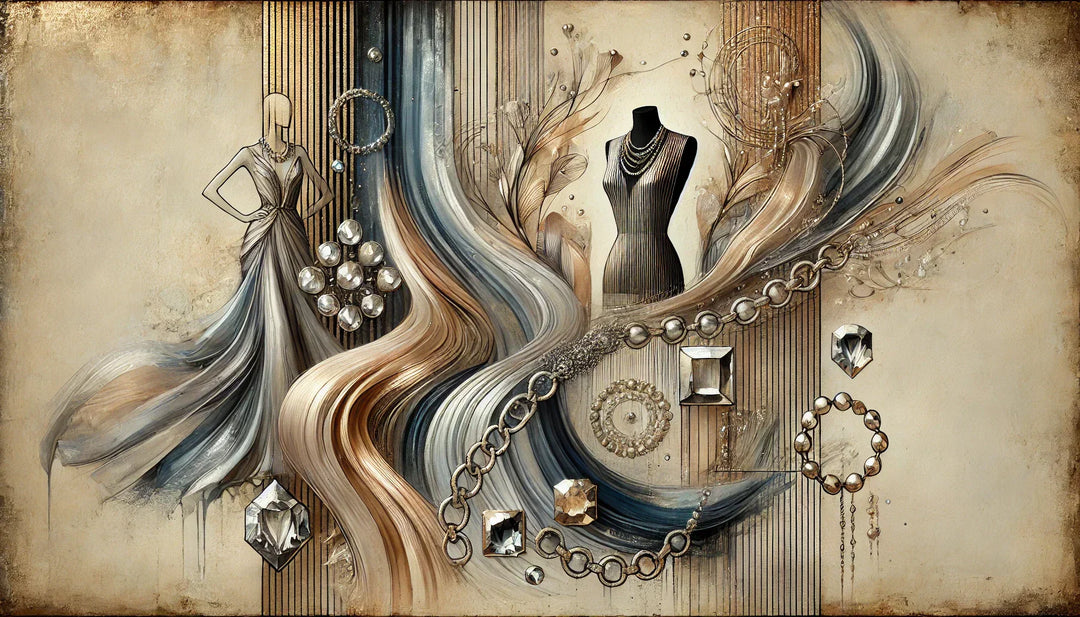


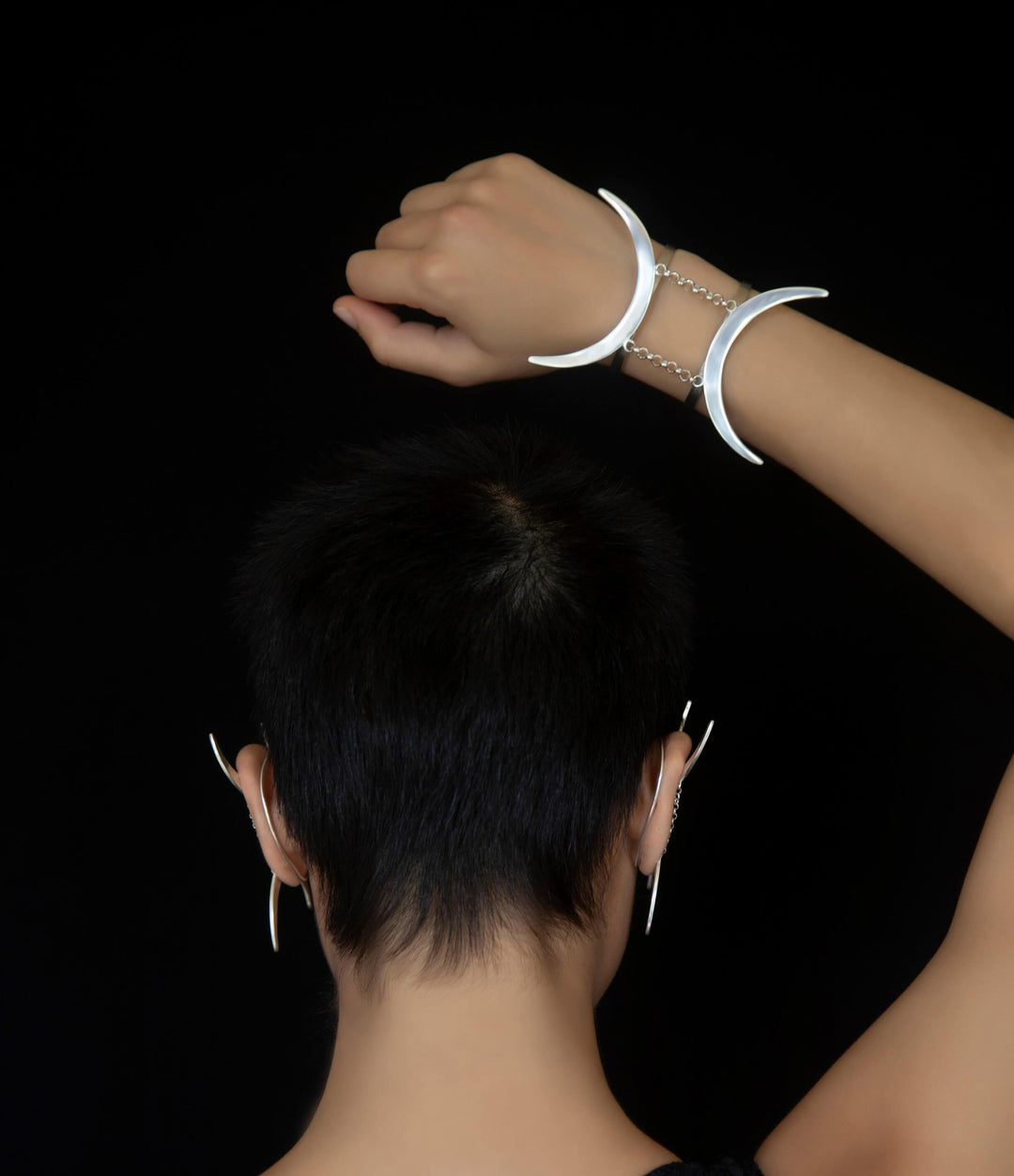
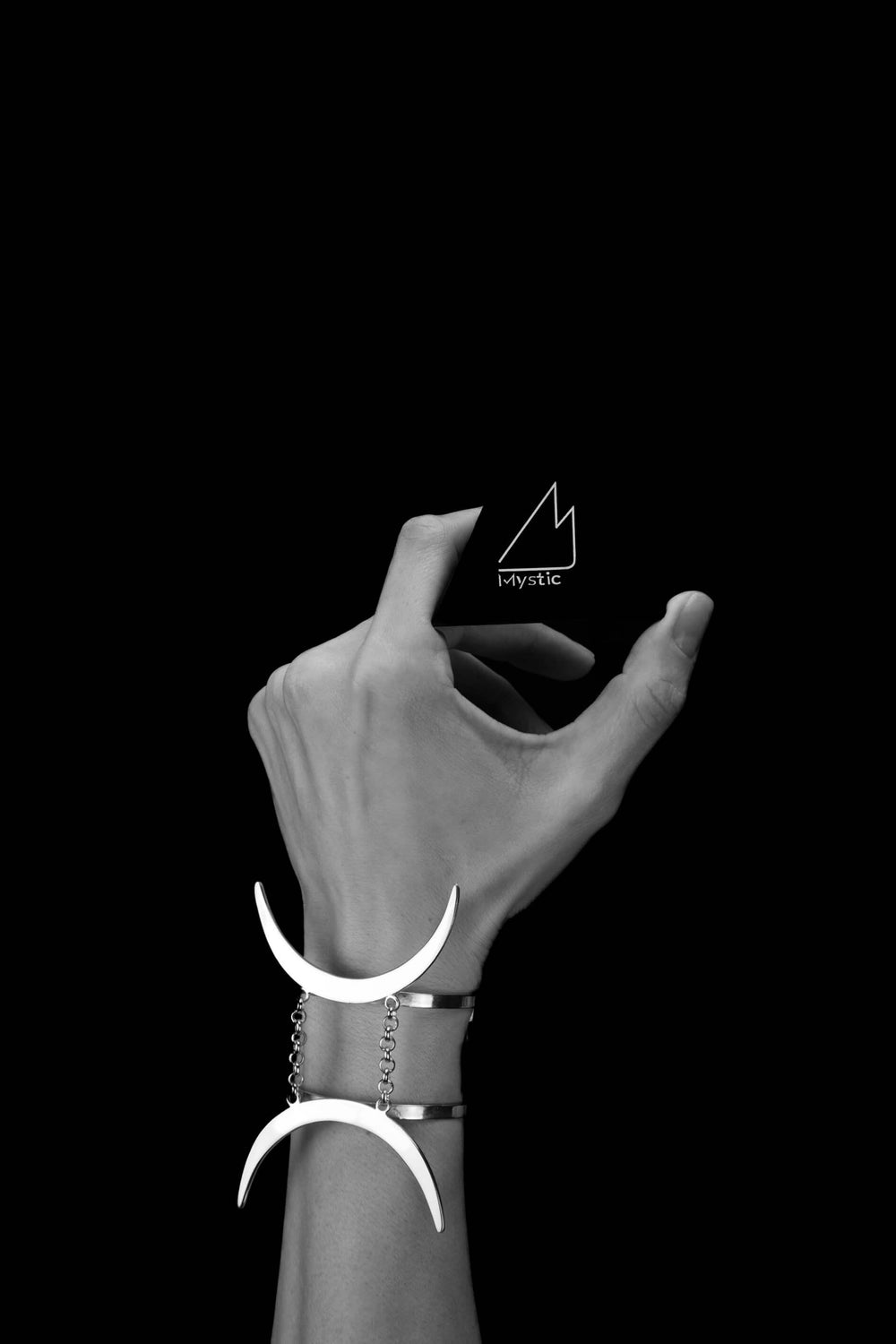
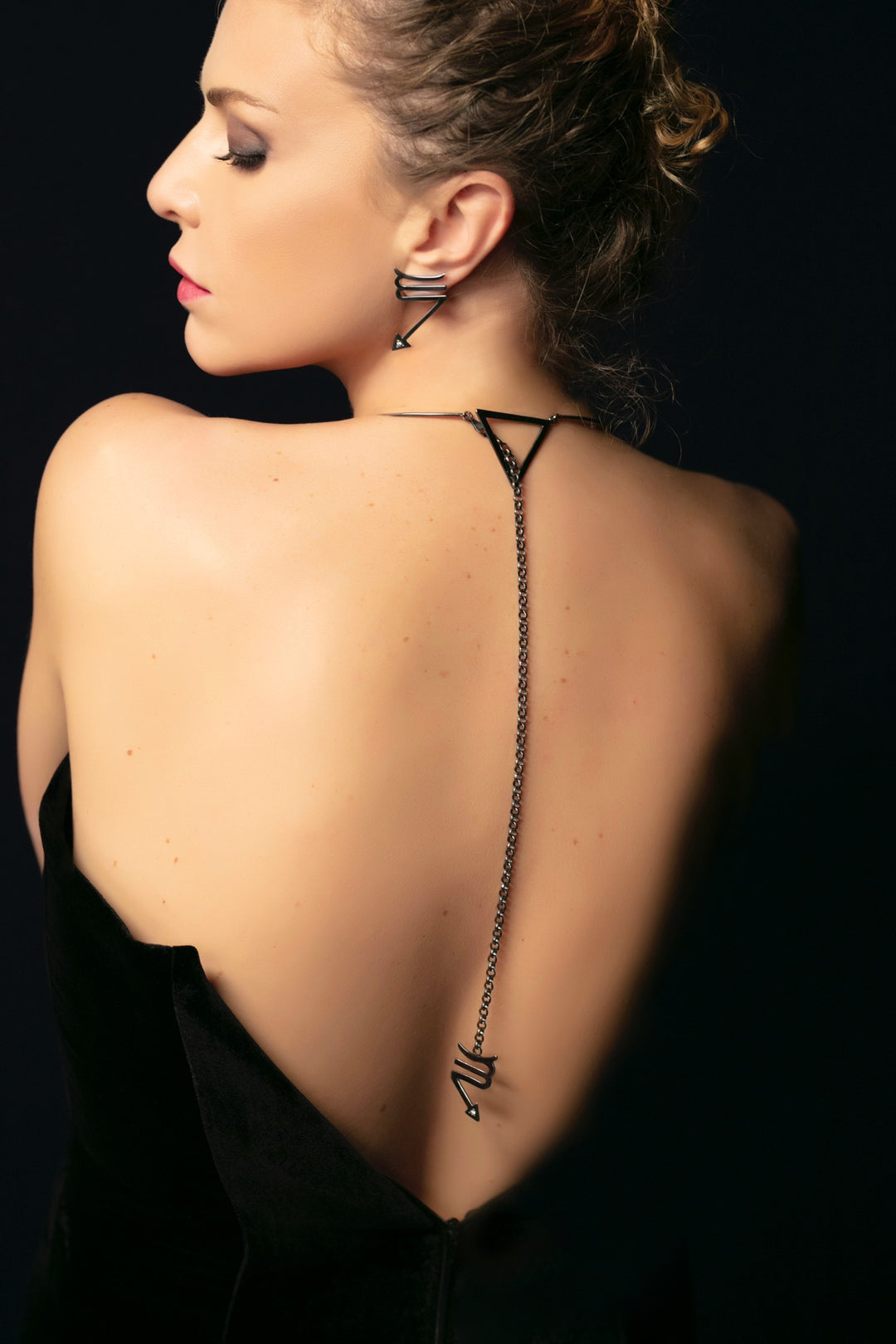
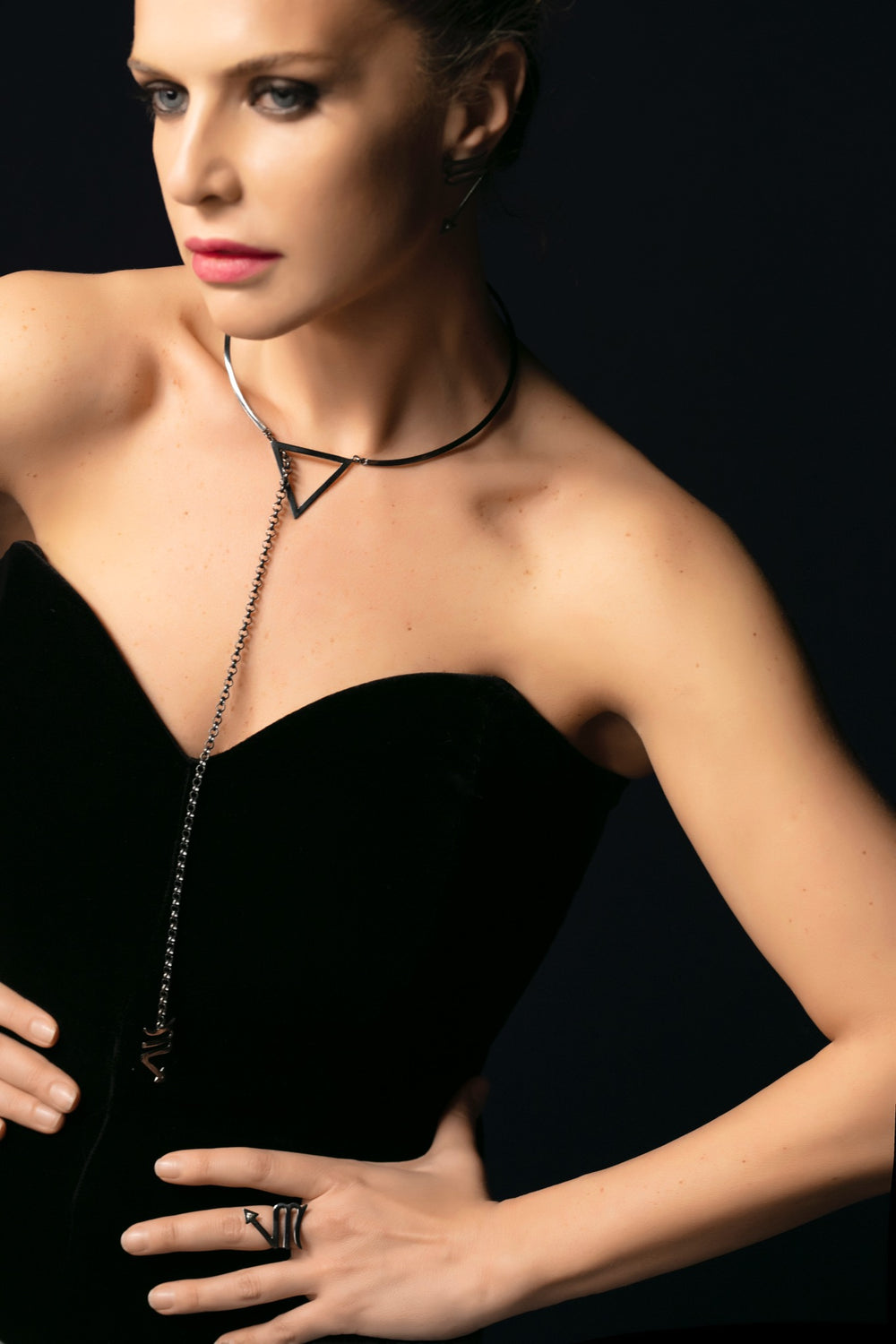

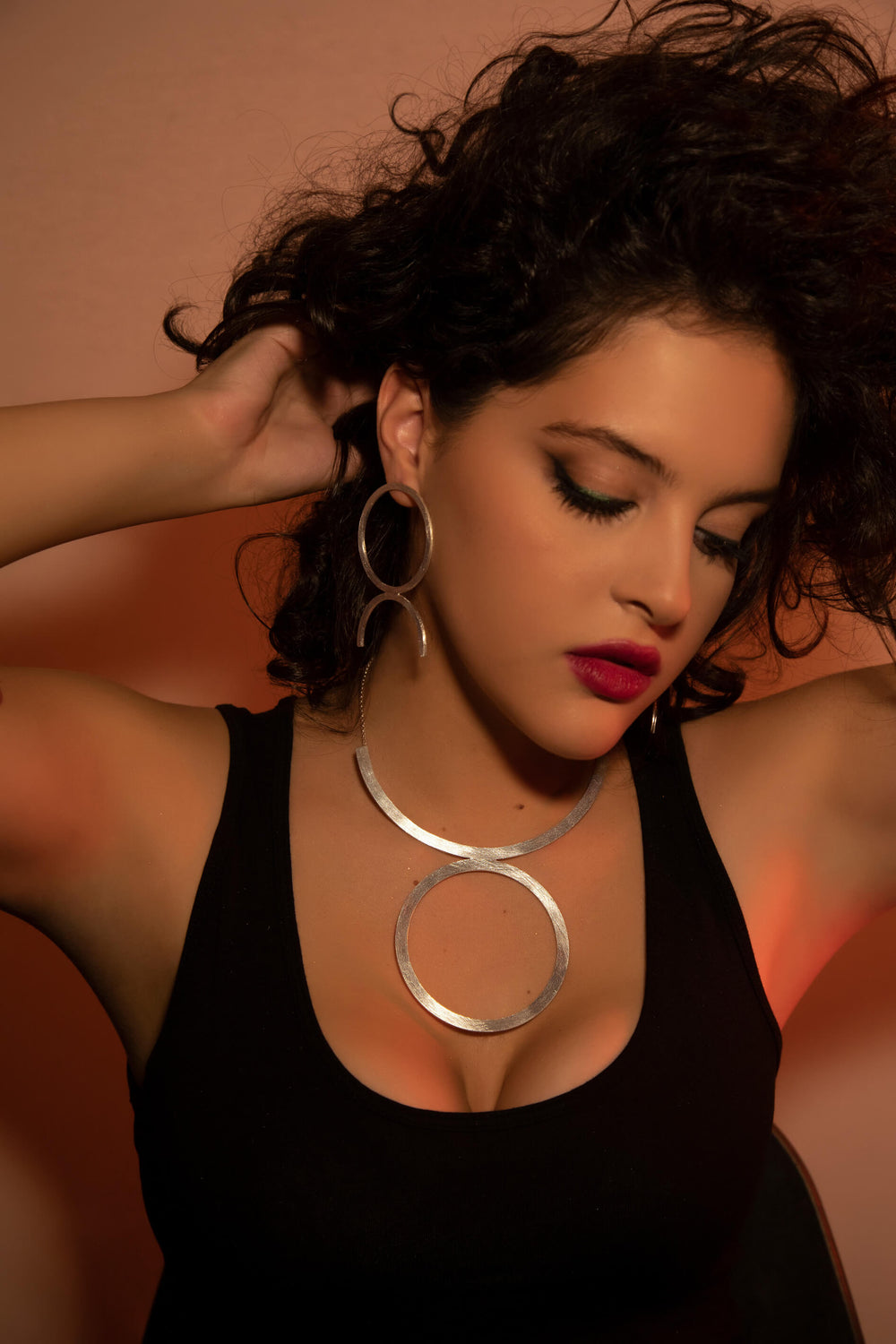
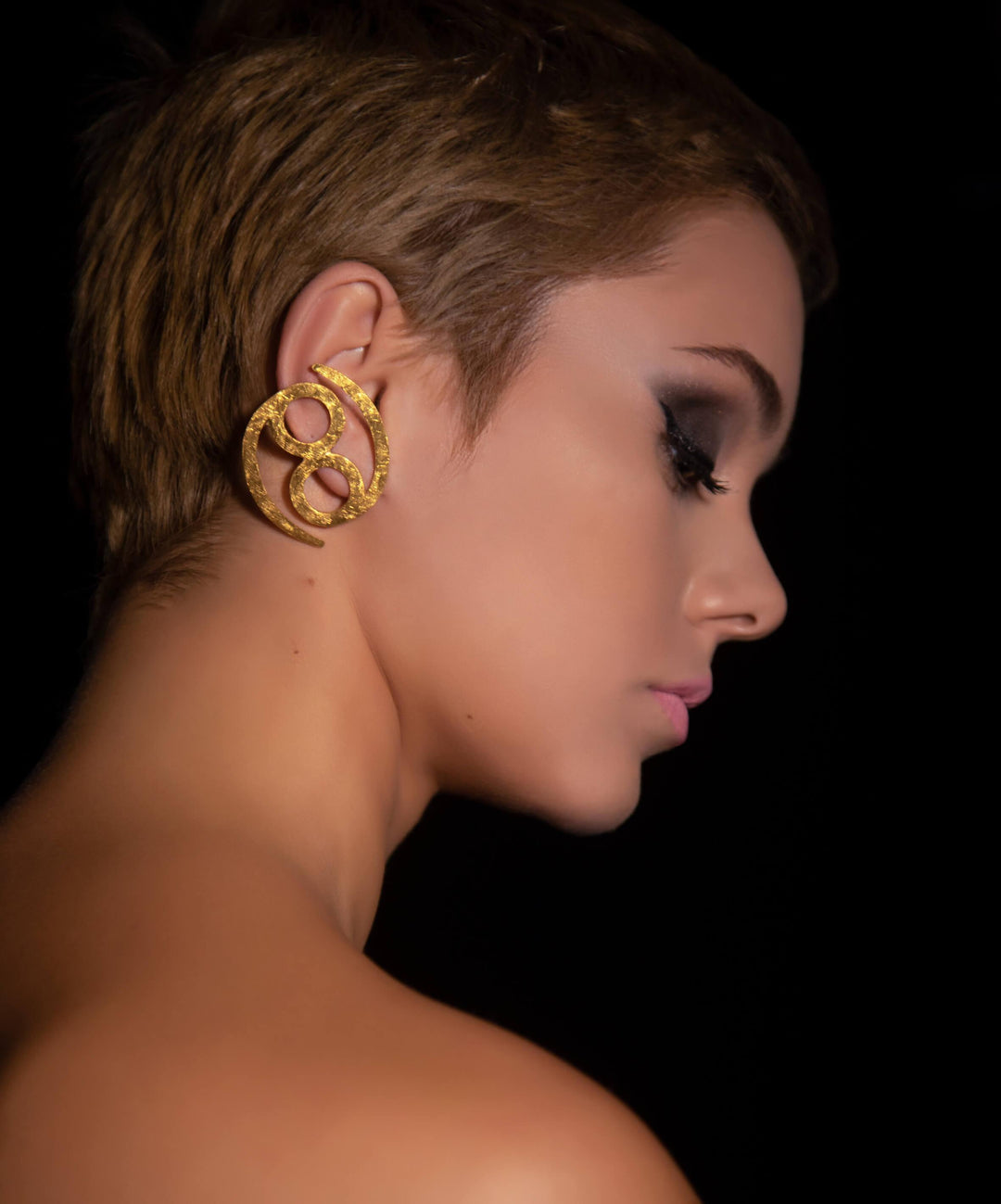
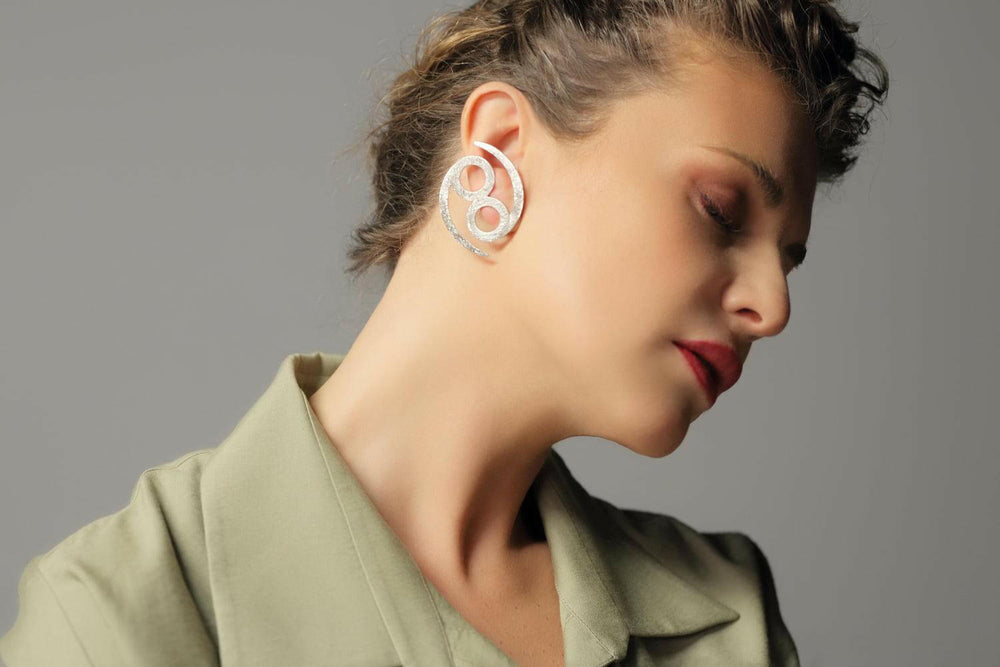
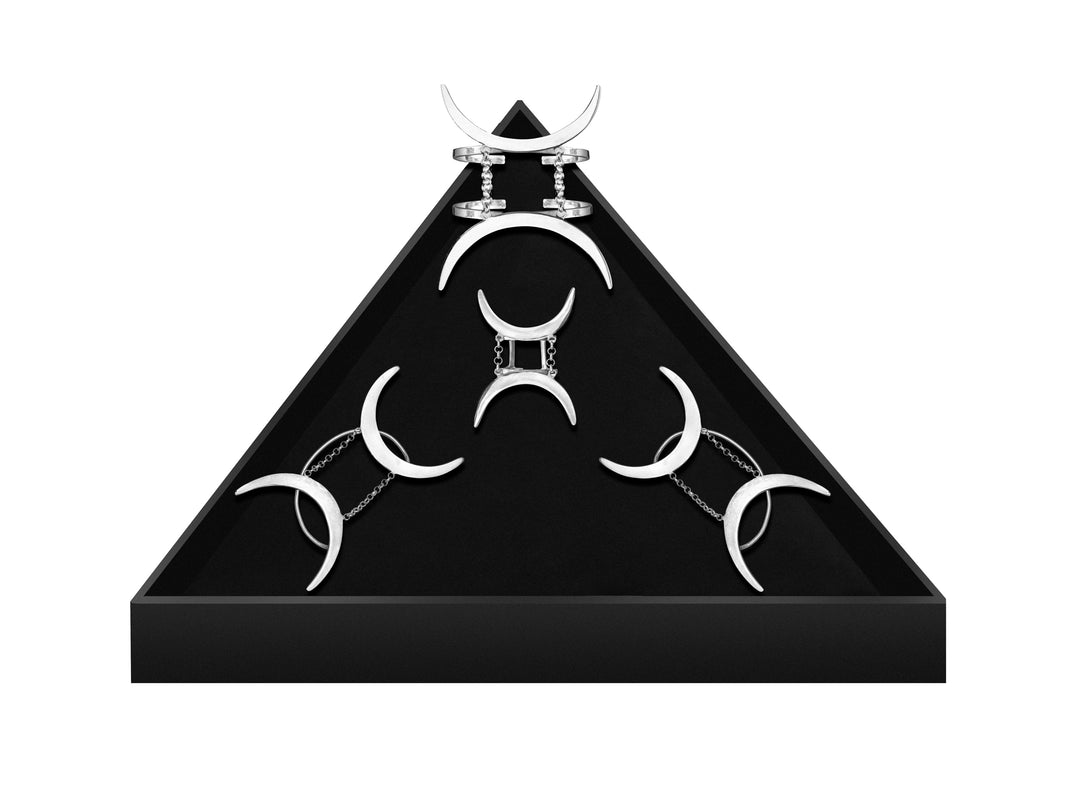
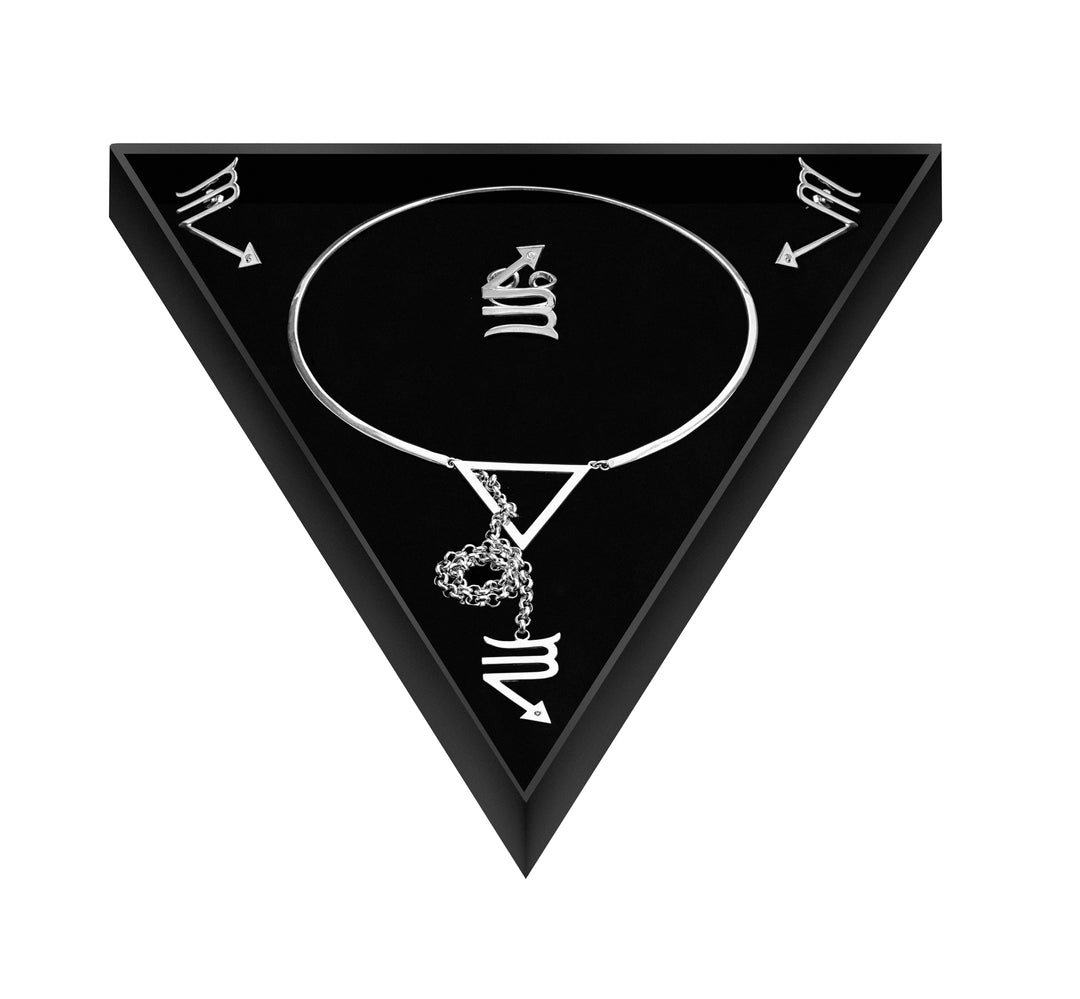
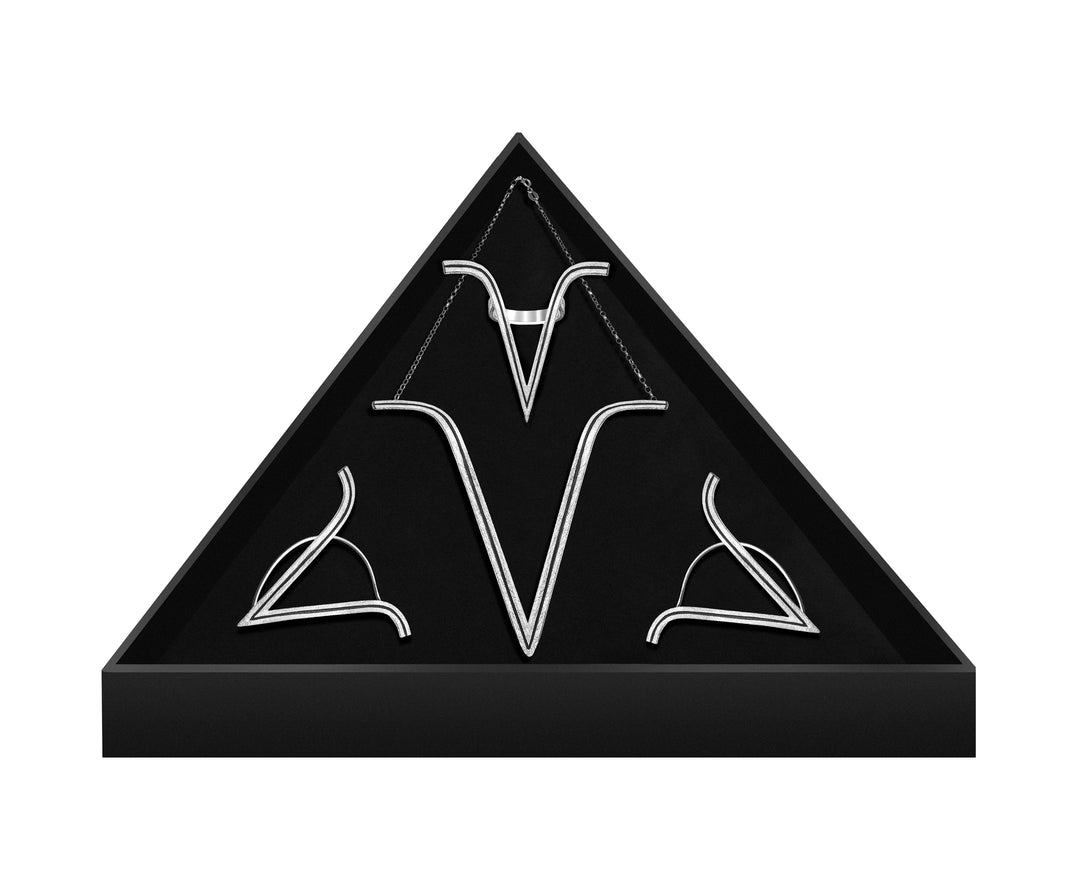
Very beneficial information. Thank you
Thank you! Now I know what does it mean just silver or German silver :)
Great article, useful information! Thank you 🙌
Leave a comment